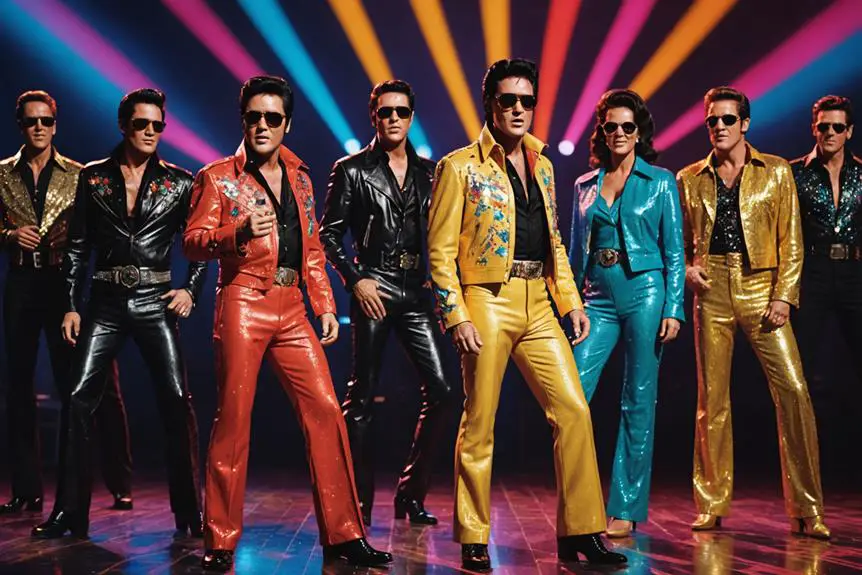Shoulder pads are back on the runway, reflecting a storied past of empowerment and redefining power dressing for women in leadership.
Fashion trends are often cyclical, and recent runways have brought back one of the most iconic styles of past decades: shoulder pads. This trend, which first gained prominence in the 1930s and 1940s, saw women adopt shoulder pads as a notable feature, allowing them to embody a sense of flair amidst the simplicity demanded by the wartime climate. Fast forward to the 1980s, when shoulder pads reached their zenith, signaling a shift in women’s roles in society as they began to ascend into corporate positions. This era saw the rise of powerful silhouettes worn by the so-called “glamazons,” who confidently donned oversized power suits from notable designers such as Donna Karan, Giorgio Armani, Saint Laurent, and Thierry Mugler.
The journaling of this trend over the decades highlights significant societal changes. Shoulder pads, which originally represented empowerment, faded with the minimalistic designs of the 1990s and the pop aesthetics that characterized the early 2000s. However, the latest fashion seasons indicate a resurgence of interest in this bold and structured silhouette, which is now showcasing a reinvigorated presence on runways across major fashion capitals.
At Saint Laurent, designers have embraced a new visual language by incorporating vibrant, hyper colors paired with an undefined silhouette, adding an element of mystery to the classic look. Valentino’s presentation featured glamorous interpretations of the silhouette, evoking the timeless allure of Hollywood style. Meanwhile, brands like Ferragamo and Calvin Klein opted for tailored gray adaptations, aligning with the debut of Veronica Leoni at Calvin Klein, marking a significant moment as she is one of the few women at the helm of a major fashion house today. Sarah Burton, at Givenchy, also made her mark with a similar philosophy.
The shift in shoulder design was particularly noticeable at Balmain, where guests observed Olivier Rousteing’s radical transformation of the brand as rounded shoulders strolled down the runway, starkly contrasting with the pointed shoulder styles that dominated earlier looks. At Schiaparelli, the focus remained on the hourglass figure with strong, sculptural elements, presenting an aesthetic choice for women who desire to resemble a living work of art.
This revival not only signals a renewed interest in structured silhouettes but also reflects ongoing transformations within the fashion industry, particularly regarding the influence of women in leadership positions and their ability to redefine traditional power dressing. The current trend offers a complex narrative of empowerment, creativity, and adaptability in the art of fashion, illustrating how styles can evolve yet remain rooted in historical significance.
Source: Noah Wire Services




